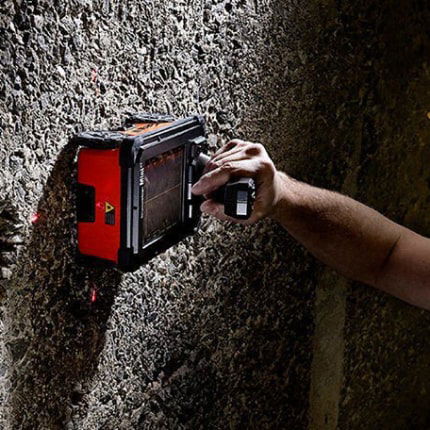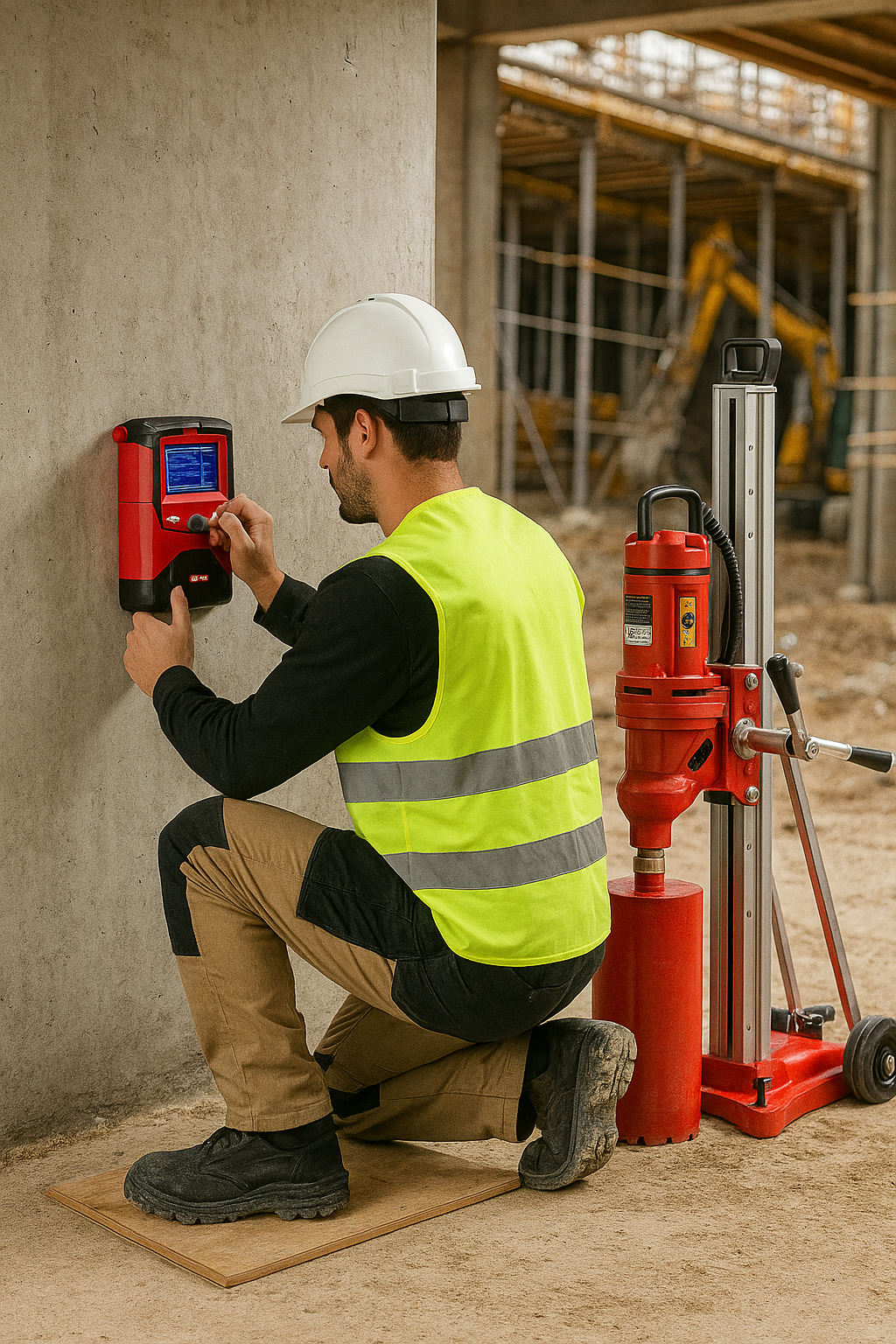Understanding GPR Scanning: The Smarter Way to See What’s Below
When it comes to working with concrete, accuracy is everything. Whether you are cutting, coring, or drilling, knowing what lies beneath the surface can prevent costly mistakes, reduce risks, and improve project efficiency. This is where GPR scanning (Ground Penetrating Radar) comes in.

What is GPR Scanning?
GPR scanning is a non-destructive testing method that uses radar waves to create detailed images of what’s inside concrete or underground. It helps locate and identify:
- Reinforcing steel (rebar)
- Post-tension cables
- Electrical conduits and plumbing
- Voids, cracks, and other anomalies
By mapping these hidden elements, GPR gives contractors and engineers a clear picture before any cutting or drilling begins.
Why Choose GPR Scanning?
- Safety First: Prevents hitting live electrical lines, gas pipes, or structural reinforcements.
- Cost Savings: Avoids expensive damages, delays, and emergency repairs.
- Accuracy: Provides precise data on depth and positioning of embedded materials.
- Non-Destructive: No need for breaking or damaging the surface to investigate.
- Versatility: Works in concrete slabs, walls, bridges, tunnels, and even soil mapping.
Applications of GPR Scanning
GPR scanning is widely used in industries such as construction, engineering, and civil works. Some common applications include:
- Before coring or drilling to avoid obstructions.
- Structural inspections for reinforcement mapping.
- Renovations or retrofits where accurate knowledge of embedded utilities is essential.
- Quality control to verify proper installation of reinforcements.

Why It Matters
Imagine drilling into a concrete slab and striking a high-voltage cable or critical rebar. Not only can this be dangerous, but it also leads to delays, repairs, and added costs. GPR scanning eliminates the guesswork, ensuring your team works with confidence and precision.


